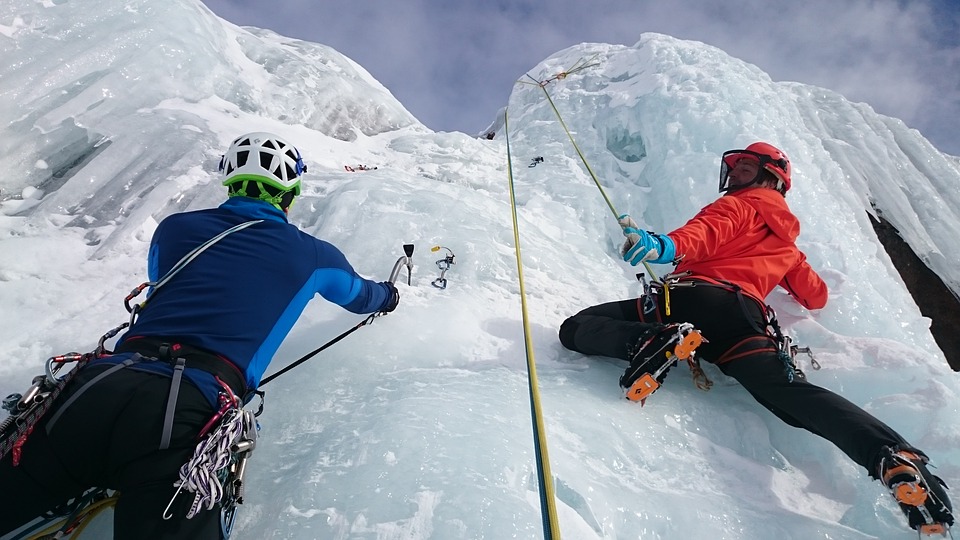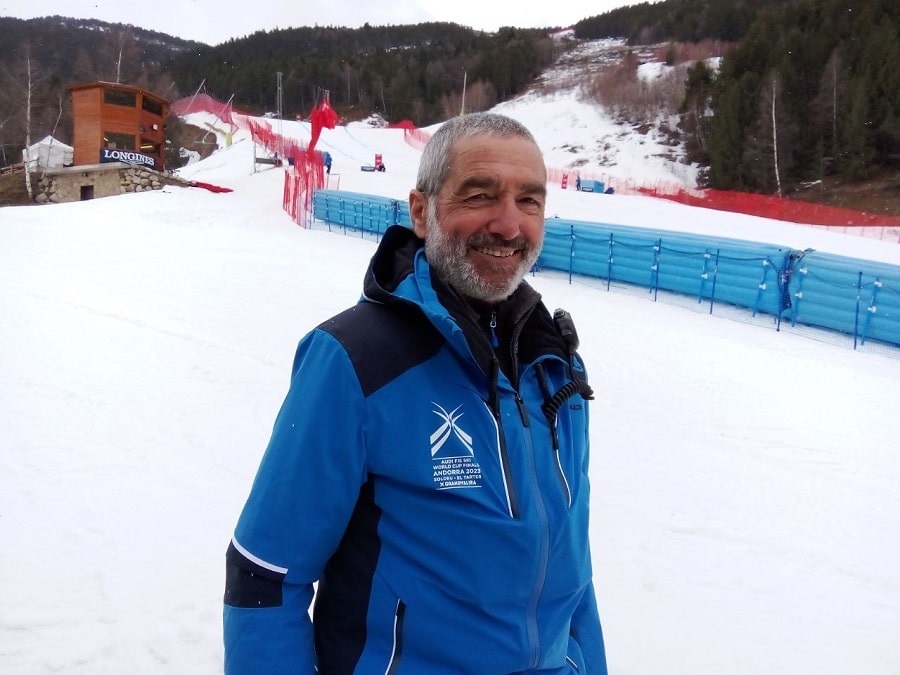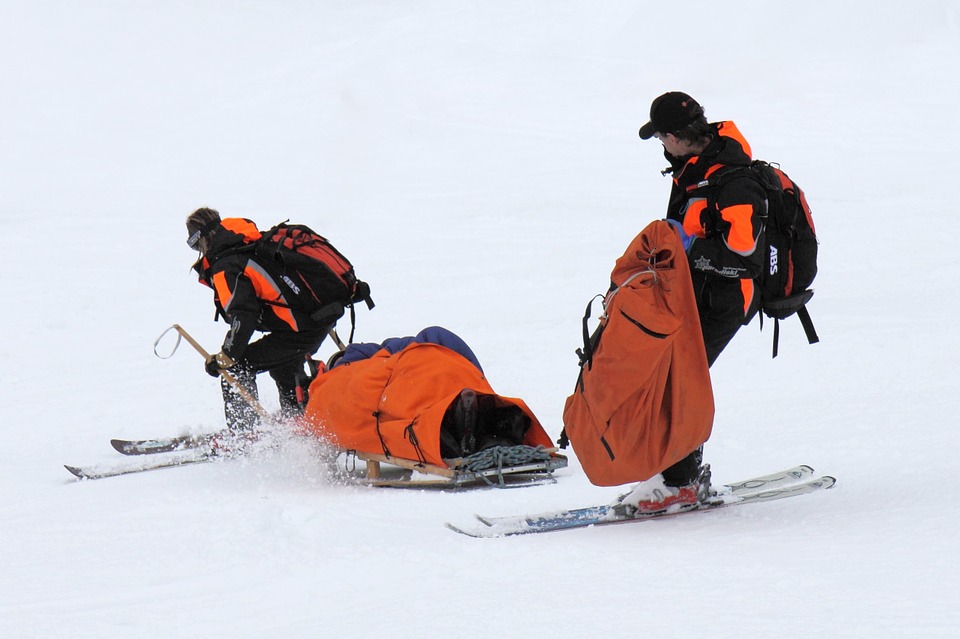Motivational behavior. Motivation in sports
Motivation consists of external and internal causes. They define our behavior – they excite nerve structures and arouse interest, they cause direct activity, they give intensity to our actions and lead them to constancy.
Many scientific theories have been devoted to the study of motivation. To better understand what the hierarchy of our motivations looks like, let´s turn to Maslow’s pyramid of needs. Our needs are distributed as we grow: a person cannot experience high-level needs whilst still needing more primitive things.
The two lower components are factors aimed at getting rid of the unpleasant. This is the provision of physiological needs (you need to work to feed yourself) and your own safety.
Higher up, we can see the factors aimed at obtaining positive emotions: the need for belonging to a certain group (a team), the need to be respected, then – the need for information, aesthetic needs (a desire to harmonize life) and, finally, the need to more fully identify with ourselves and others, and the development of our personal capabilities.
As the inferior needs are met, the needs of a higher level become more pressing.
The two-factor theory of Herzberg’s motivation is also interesting. It is based on two broad categories of needs: hygienic factors and motivating factors. Hygienic factors are associated with the environment in which work is carried out, and motivating factors – with the nature of the work.
Herzberg called the first category of needs hygienic, using the medical meaning of the word “hygiene”, as these factors describe the environment of a person and serve the primary functions, preventing dissatisfaction with work: working conditions, wage size, interpersonal relationships with supervisors, colleagues, subordinates etc.
Herzberg called the second category of factors motivating, as they induce better performance: achievements, recognition of merit, responsibility, opportunities for career growth.
According to Herzberg’s theory, the lack of hygienic factors leads to a person’s dissatisfaction with their work. But, if they are presented in sufficient volume, by themselves they do not cause satisfaction and are not able to motivate a person to the necessary actions.
An absence of motivators, according to Herzberg, does not lead to people’s dissatisfaction with work. However, their presence in a proper way is satisfying and motivates the necessary actions and increases efficiency.
The theory of justice of Stacy Adams studies the question of motivation through remuneration. The theory of justice is based on the assertion that people subjectively evaluate the reward for the efforts expended. The feeling that someone else is marked higher and better often begins to reduce the intensity of the work. As a result, it is necessary to motivate a person, remove tension and to restore justice to correct the imbalance.
Vroom’s expectation theory states that the existence of an active need is not the only necessary condition for motivating a person to achieve a certain goal. One should also hope that the type of behavior chosen by him will indeed lead to satisfaction or acquisition of the desired.
The motivational states of a person include interests, desires, aspirations, intentions, attractions, attitudes and passions. Passion is the most powerful motivational state, as is said: “heavenly fire, enlivens the world.” Passion stimulates discoveries in science and art and new records in sports.
Motivation in sports, as well as everywhere, are external and internal. External motivations are the motivations to work through forces from outside. A child may be inclined to engage in sports by parents, “because it’s fashionable,” “because the child should be busy with something,” “because the sports centre is next to the house.” And in order for the child to engage in sport, parents use incentives – encouragement or punishment.
The desire to make money is also a form of external motivation. The stimulus can also be searches and achievements in the surrounding society. A person can feel uncomfortable in society because he is not slender enough, small in size, shy, lacks communication or is looking for new friends … Sport can help develop combat qualities, making it harder.
Passion, as a charge of energy, is an inner motivation. It is this concept that allows us to believe that “it is impossible” is just a word. Internal motivation is a challenge, a chance to prove oneself and make the impossible possible. Internal motivation gives an opportunity for personal growth, leads to self-assertion.
All the motivational factors boil down to two ideas: to have pleasure (positive emotions) and get rid of the unpleasant (negative emotions). All of them can be both external and internal. Only simultaneous presence of positive and negative motivational factors favorably affects action.
A great way to motivate yourself in sports is to clearly identify tasks. In 1990, the professor Edwin Locke and professor Gary Latham published the theory of goal setting and task fulfillment, in which five principles of effective goal-setting were substantiated. These include:
- Clarity (formulate goals clearly and concisely)
- Challenge (“If you want to live in happiness, choose goals that your thoughts will subordinate, which will release your energy and inspire hope in you,” Andrew Carnegie)
- Obligations (to come to success, you need to make sure that the goals you set are really what you want, what you fully agree with)
- Feedback (periodically review your goals and track your progress so you will not miss, and keep motivation all the way)
- The complexity of the task (big goals are broken down into small ones. “A path of a thousand miles begins with a single step,” Lao Zi)
And remember: no matter how fast you develop. The main thing – do not stop!
_______________________
About the author of the blog see here
Full blog is available here












